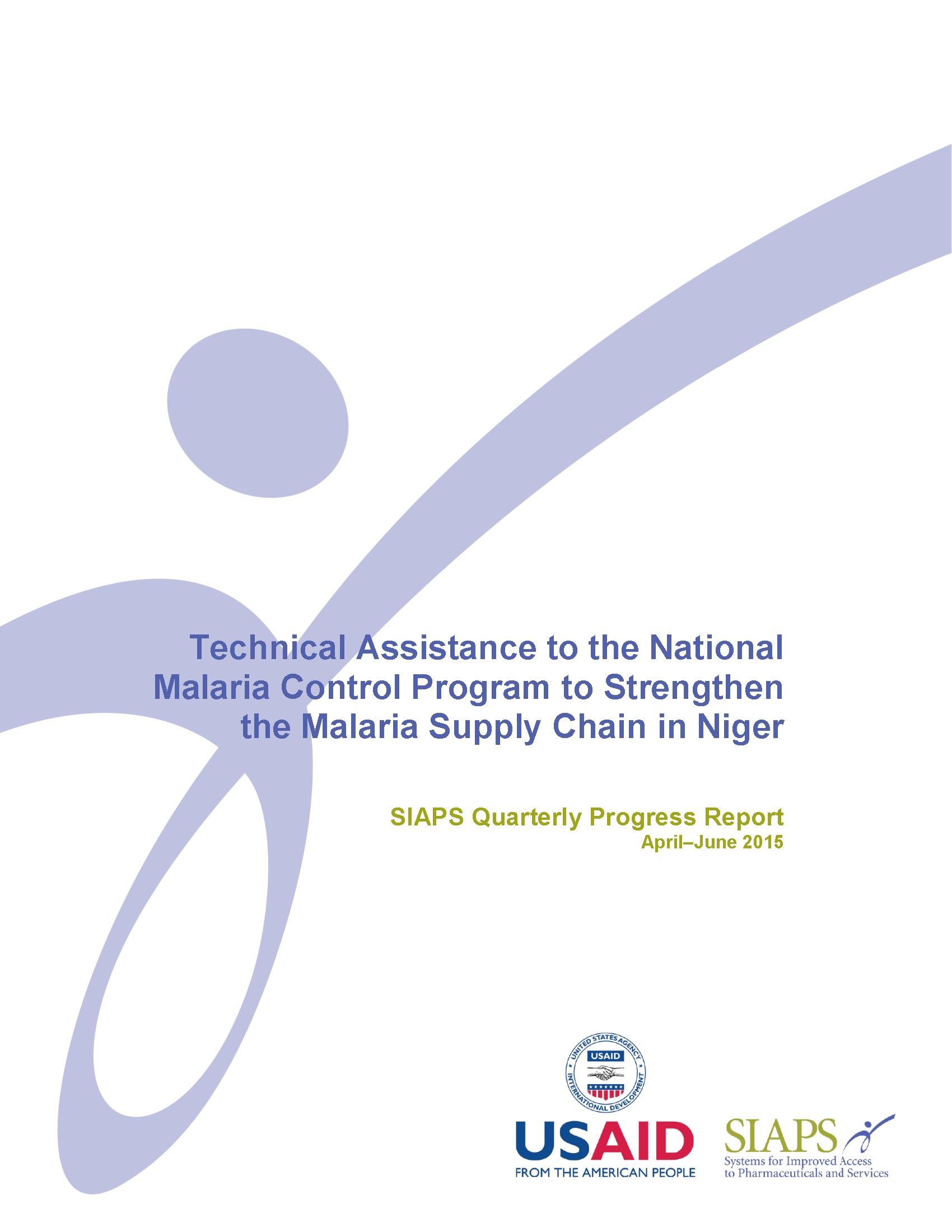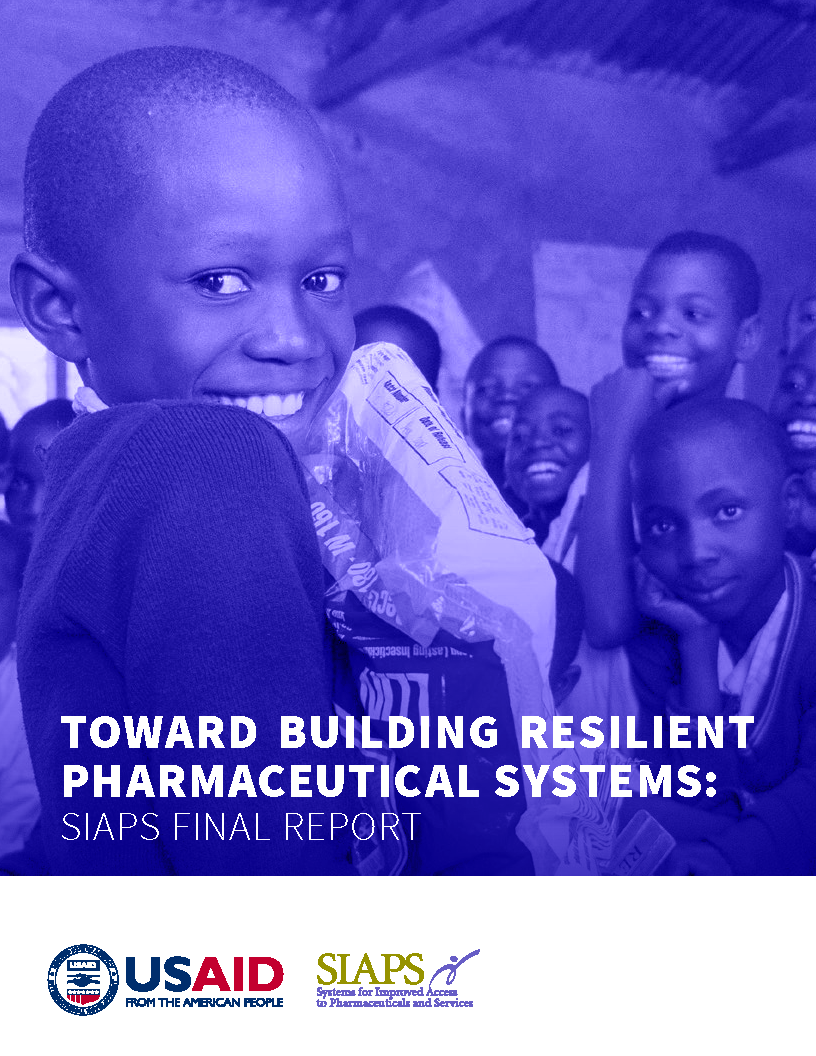
The entire Nigerien population is exposed to malaria. However, pregnant women and children under 5 years of age are the most vulnerable groups and frequently develop severe malaria. The epidemiology of malaria in Niger is characterized by stable endemicity with a seasonal increase during and after the rainy season (June to December). The latest outbreak was recorded in July– August 2012 in the health districts of Niamey, Tillaberi, Agadez, and Abalak.
Malaria endemicity is superimposed on the geo-climatic zones with three epidemiological patterns summarized below depending on the type of transmission:
- A hypoendemic zone in the North (Sahara region) with sporadic transmission
- A mesoendemic zone in the intermediate Sahel region with seasonal transmission lasting less than 4 months
- A hyperendemic area in the South (Sudan region) with longer seasonal transmission of 4 to 6 months.
The National Malaria Strategic Plan 2011–2015, developed by the National Malaria Control Program (NMCP), highlighted the importance of maintaining constant availability of stocks and improving the current supply chain management system for malaria commodities. Support was requested and obtained from US Agency for International Development (USAID) in the form of technical assistance to be provided to NMCP by the Systems for Improved Access to Pharmaceuticals and Services (SIAPS) Program.
In Niger, the objective will be to strengthening pharmaceutical management of health products to treat malaria. Specifically, a SIAPS Supply Chain Technical Advisor was embedded with the NMCP for 18 months


